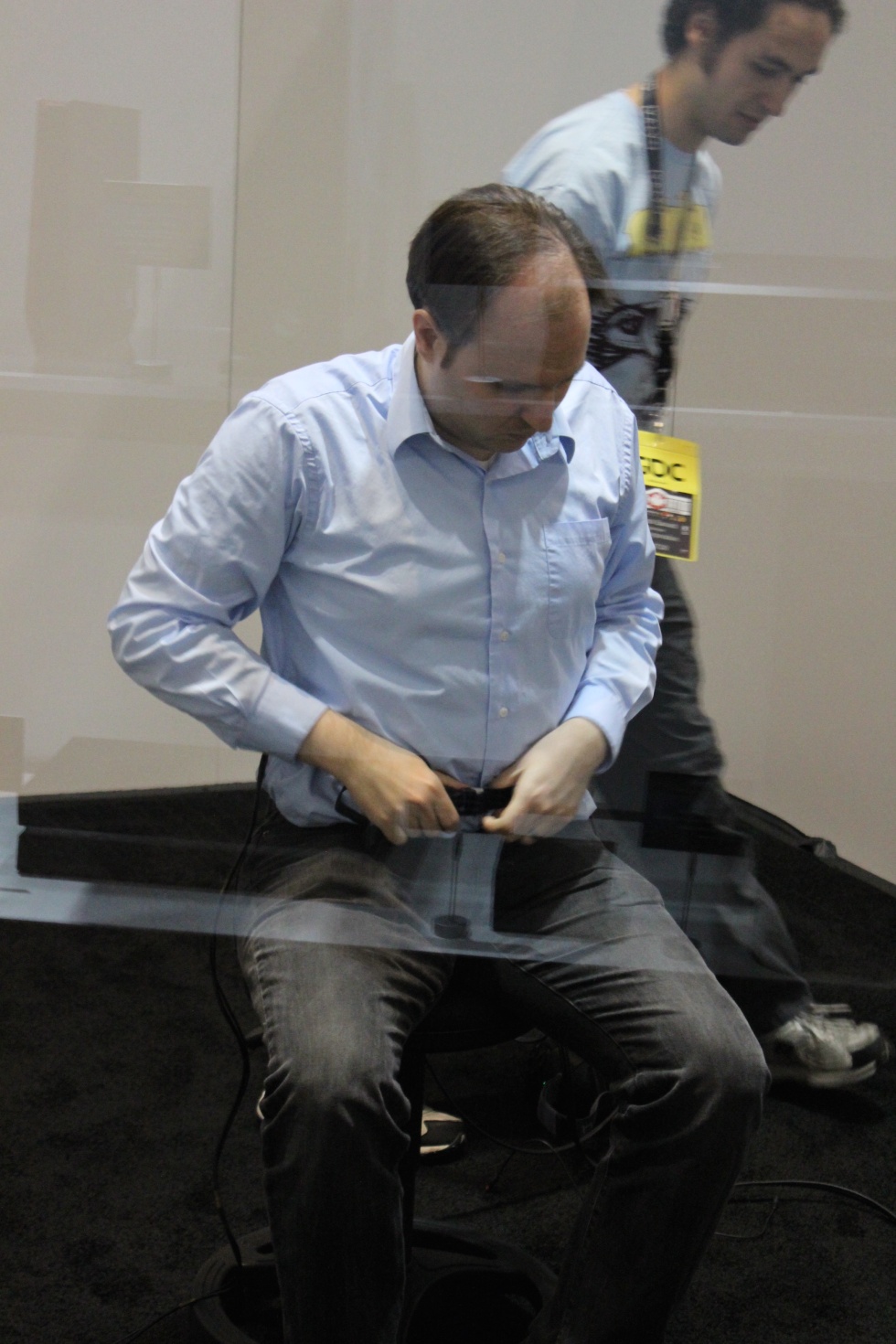
Virtual reality is in a really weird place right now. We’re still months or years away from any truly mass market consumer product, yet we are still regularly seeing demonstrations of new, game-changing technologies that make everything shown before them seem a little obsolete. I saw it with the first Oculus Rift headset prototypes and later with heavily improved prototypes that have solved early problems with image persistence and quality. I saw it with Sony’s Project Morpheus and the way it integrates hand tracking to great effect through the PlayStation Move.
This week at GDC, I’ve seen it again in HTC and Valve’s Vive virtual reality system and the attendant Lighthouse tracking technology that changes everything about the VR experience. If using other systems is like being trapped in a small, virtual reality cage, using the Vive is like being freed to explore a full virtual reality room.
Full room tracking
7 more images in gallery
.related-stories { display: none !important; }
The way Vive’s tracking works is fundamentally different from most other consumer-level VR systems in the offing. The Oculus Rift and Sony’s Morpheus both use outside-in tracking systems, each relying on a single stationary camera to find the position of the headset and, in Morpheus’ case, controllers. The Vive uses an inside-out system, implementing a series of dozens of small sensors on the headset and controllers themselves, pointing out in all directions.
Read 13 remaining paragraphs | Comments

